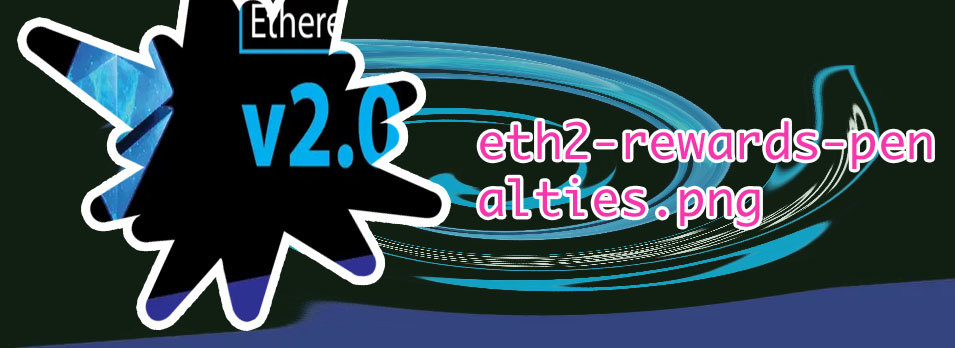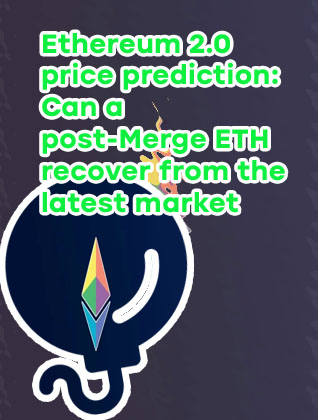- Bitcoin apps
- How to buy on cryptocom
- Bit coin price in us
- Cryptocurrency bitcoin price
- Cryptocoin com coin
- When to buy bitcoin
- Where to buy gyen crypto
- Ethereum candlestick chart
- How to buy crypto
- Buy ethereum with credit card
- Today's bitcoin cash price
- 1 etherium to usd
- Cryptocom cards
- Buy btc
- Cryptocom card
- Where to buy crypto
- Largest bitcoin holders
- Ethusd converter
- Where to buy ethereum
- 1bitcoin to dollar
- How to buy safemoon on cryptocom app
- Crypto exchange
- Bitcoin one percent controls all circulating
- What is ethereum trading at
- Metaverse coins on cryptocom
- Cryptocom payment methods
- Crypto com not working
- What app can i buy dogecoin
- Dogecoin 20 where to buy
- How to sell on cryptocom
- Btt crypto price
- Btc mining
- Safe btc crypto
- Bitcoin cryptocurrency
- Selling crypto
- Cryptocurrency exchanges
- Dot crypto
- Buy physical bitcoin
- Polygon crypto
- Where to sell dogecoin
- Price of ethereum today
- Safe dollar crypto
- How much is bitcoin
- Apps cryptocurrency
- How to close crypto com account
- Eternal crypto
- Crypto card
- Bit price
- Cryptos
- Coinbase cryptocurrency prices
- Bitcoin historical price
- Price of ethereum
- Tether to usd
- Does cryptocom charge fees

Ethereum 2
Ethereum 2, also known as Eth2 or Serenity, is an upgrade to the Ethereum blockchain that aims to improve scalability, security, and sustainability. With the transition from a proof-of-work to a proof-of-stake consensus mechanism, Ethereum 2 is expected to revolutionize the cryptocurrency ecosystem. To delve deeper into the intricacies of Ethereum 2, the following articles provide valuable insights and information on this groundbreaking upgrade.
Understanding the Beacon Chain: A Guide to Ethereum 2.0

The Beacon Chain is a critical component of Ethereum 2.0, the highly anticipated upgrade to the Ethereum blockchain. This guide aims to provide a comprehensive understanding of what the Beacon Chain is and how it functions within the Ethereum ecosystem.
At its core, the Beacon Chain serves as the backbone of Ethereum 2.0, facilitating the coordination and communication between different shards. Shards are individual chains that run in parallel to increase the scalability and efficiency of the network. The Beacon Chain is responsible for managing validators, processing transactions, and finalizing blocks, ensuring the security and integrity of the entire network.
One of the key features of the Beacon Chain is its proof-of-stake consensus mechanism, which replaces the energy-intensive proof-of-work algorithm used in the current Ethereum network. Validators are required to stake a certain amount of Ether to participate in block validation and earn rewards. This shift to proof-of-stake is expected to significantly reduce the energy consumption of the Ethereum network while increasing its scalability and security.
For developers, investors, and anyone interested in the future of Ethereum, understanding the Beacon Chain is essential. It will play a crucial role in shaping the decentralized applications and financial services built on Ethereum 2.0. By familiarizing themselves with the Beacon Chain, stakeholders can better navigate the transition
The Road to Ethereum 2: Progress, Challenges, and Potential Impact
The evolution of Ethereum towards version 2.0 represents a significant milestone in the world of blockchain technology. This upgrade promises to address key issues such as scalability, security, and energy efficiency, making Ethereum a more viable platform for a wide range of applications. Progress has been steady, with the Beacon Chain already live and the merge with the current Ethereum network expected to take place soon. However, challenges remain, particularly around the transition to a proof-of-stake consensus mechanism and the implementation of sharding.
The potential impact of Ethereum 2.0 is immense. With increased scalability and lower transaction fees, Ethereum could become the go-to platform for decentralized finance, gaming, and other applications. Furthermore, the move towards proof-of-stake will make Ethereum more environmentally friendly, aligning with the growing focus on sustainability in the cryptocurrency space.
Feedback from a resident of World, John Smith from London, highlights the excitement and optimism surrounding Ethereum 2.0. He believes that the upgrade will open up new possibilities for developers and users alike, driving innovation and adoption in the blockchain ecosystem. As the upgrade progresses, it will be interesting to see how Ethereum 2.0 shapes the future of decentralized applications and the broader cryptocurrency market.